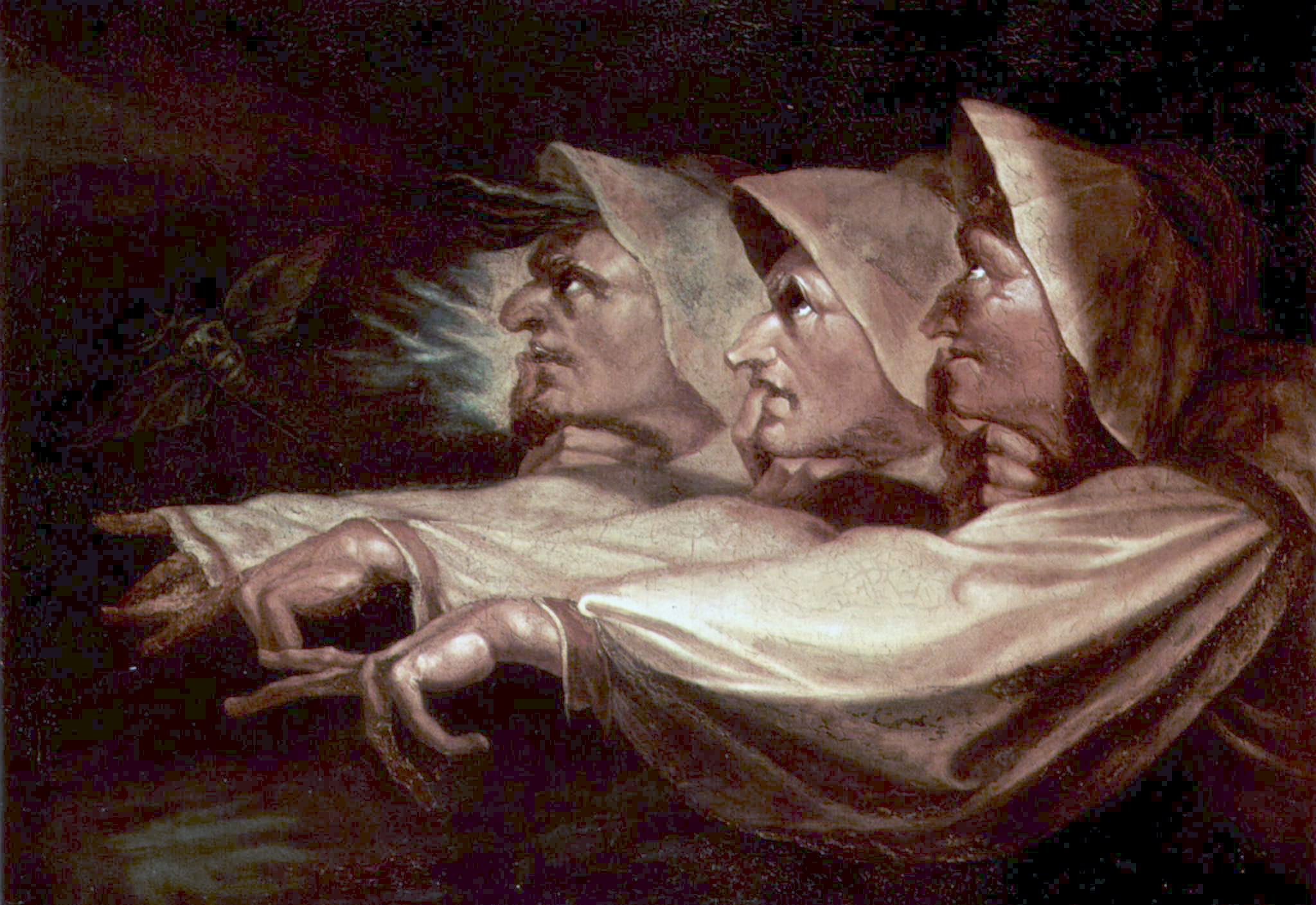Elizabeth Lowys, of Great Waltham in Essex, was the first person to be convicted under the Witchcraft Act of 1563. Series of Acts passed by the Parliaments of England and Scotland making witchcraft a secular offence punishable by death.[1][a]Despite her conviction, there is no evidence that Elizabeth was ever executed.[1] The first person known to be executed under the 1563 Act is generally considered to be Agnes WaterhouseElderly Essex woman convicted and hanged for witchcraft at Chelmsford in 1566., in July 1566. In June 1564 she was summoned to appear at the court of the Archdeacon of Essex, Thomas Cole, accused of malicious witchcraft, prompted by an allegation made by her husband that she had made him lame. She was in addition accused of spitefully killing two pigs and “blasting” a child, John Canell, and an adult female. Canell’s subsequent death appears to have been the trigger that resulted in Elizabeth’s arrest, accused of murder by magical means.[2]
Series of Acts passed by the Parliaments of England and Scotland making witchcraft a secular offence punishable by death.[1][a]Despite her conviction, there is no evidence that Elizabeth was ever executed.[1] The first person known to be executed under the 1563 Act is generally considered to be Agnes WaterhouseElderly Essex woman convicted and hanged for witchcraft at Chelmsford in 1566., in July 1566. In June 1564 she was summoned to appear at the court of the Archdeacon of Essex, Thomas Cole, accused of malicious witchcraft, prompted by an allegation made by her husband that she had made him lame. She was in addition accused of spitefully killing two pigs and “blasting” a child, John Canell, and an adult female. Canell’s subsequent death appears to have been the trigger that resulted in Elizabeth’s arrest, accused of murder by magical means.[2]
Elizabeth was formally accused of murdering three persons by witchcraft: John Canell, Jon Wodley, and his father Robert.[3] Brought to trial before the Colchester Assizes on 21 July 1564 she was found guilty, but as she claimed to be pregnant sentencing was deferred.[1]
Elizabeth was brought before the court again in March 1565, where she was examined by “a jury of matrons” who determined that she was not pregnant,[b]Whether she had had her baby by then, or was never pregnant, is unclear. and as a result she was sentenced to be hanged.[3] No evidence of her subsequent execution exists in the records of the Essex Quarter Sessions,[1] but the historian Peter Maxwell-Stuart believes that she was probably executed along with four others at the conclusion of the Spring Assizes in 1565.[4]
Notes
| a | Despite her conviction, there is no evidence that Elizabeth was ever executed.[1] The first person known to be executed under the 1563 Act is generally considered to be Agnes WaterhouseElderly Essex woman convicted and hanged for witchcraft at Chelmsford in 1566., in July 1566. |
|---|---|
| b | Whether she had had her baby by then, or was never pregnant, is unclear. |
